Single Malt Sarees & Handwoven Scotches: Connected Through Craftsmanship
You might be wondering why the unusual mix-up in the title! At first glance, the worlds of handwoven Banarasi sarees and single malt whiskies seem entirely unrelated, separated by culture, geography, and purpose. Yet, these two distinct product categories are united by something profound: craftsmanship, rooted in a timeless tradition of skill, patience, and meticulous attention to detail.
In this post, we would like to explore the similarities between these two fine creations, outlining the processes, and explaining the elements of craft involved in both. Let’s delve into how these products, though rooted in different regions of the world, follow similar paths of meticulous artistry that elevate them from mere products to treasures.

Handlooms and Pot Stills: The Heart of Craftsmanship
A handwoven Banarasi Saree represents the pinnacle of weaving, much like a Single Malts Scotch in whisky production. At the heart of both is an unwavering commitment to craftsmanship. Each requires a delicate touch, allowing artisans to create something truly unique.
In handloom weaving, every step is a testament to the weaver’s skill and patience.
- The weft thread is meticulously thrown by hand across the warp threads, one pick at a time. For context, a typical Banarasi saree can have around 80-100 picks per inch, depending on the intricacy of the weave. Considering the length of a saree is usually 5.5 to 6.5 meters (or approximately 216-256 inches), this means tens of thousands of individual weft insertions are required just to complete the base fabric.
- When crafting a kadhuan saree, only possible on a handloom, the complexity increases exponentially. Kadhuan weaving involves creating intricate motifs by weaving extra sets of threads (known as sirkis) by hand, one motif at a time. A single kadhuan motif may require multiple sirkis depending on design and number of colors, with each sirki representing an additional layer of weft work.
- For a saree with detailed kadhuan designs spread across its length and width, the total number of weft insertions can easily climb into hundreds of thousands. This painstaking process can take weeks or even months to complete, underscoring the immense effort, patience, and artistry that go into each handwoven masterpiece.
The unique characteristics of a Single Malt Scotch are hidden in its nomenclature.
- The "Single" in single malt Scotch refers to the whisky being produced at a single distillery, ensuring consistency and character unique to that distillery’s process and environment, its local ingredients, water source, and distillation techniques.
- The 'Malt,' made from 100% malted barley, provides natural sugars essential for fermentation, forming a base for rich flavors to emerge during maturation.
- The "Scotch" aspect, governed by strict regulations, mandates pot still distillation and a minimum of three years aging in oak casks.
Pot Stills play a crucial role in shaping the rich, complex flavor profile of single malts by allowing for slower distillation and greater retention of the heavier, flavorful compounds that define their character.
The aging process and choice of cask type play a pivotal role in shaping the flavor profile of single malts, with longer maturation in oak casks—such as sherry, bourbon, or virgin oak—imparting distinct notes like sweetness, spice, or smokiness, while the environment in which the whisky matures adds complexity and character.
Powerlooms and Column Stills: Efficiency Over Craft
In contrast to the handloom and pot still, powerlooms and column stills represent the industrial side of production, where speed and consistency take precedence over the nuanced artistry of their counterparts.
Powerlooms are designed for high-speed weaving, often using cheaper polyester yarns. While they may produce visually similar sarees to handwoven ones, they lack the depth and soul of the craft. Similarly, column stills are built for mass production, utilizing cheaper grains like corn, wheat, rye—often a blend of different varieties—instead of the carefully selected barley used in pot stills. The result is a whisky that is less complex, more neutral, and lacking the layers of flavor that come from the slow, deliberate process of pot distillation. One will seldom encounter a polyester saree crafted on a handloom or a grain whiskey distilled in traditional pot stills.
The Fine Line Between Mass-Produced and Artisanal
To the untrained eye, the differences between handwoven and powerloom sarees, or between single malt and blended whiskies, may be difficult to discern. On the surface, a powerloom saree may look just like a handwoven one, and a blended whisky might have the same golden hue as a single malt. However, the nuances of craftsmanship—the selection of yarn, the method of weaving, or the care put into distilling—are what elevate these items from ordinary to exceptional.
For the connoisseur, these differences become evident. A handwoven saree, like a single malt whisky, tells a story through its complexity, quality, and rich history. It is not just a piece of fabric or a drink; it is an experience, one that can only be fully appreciated by those who understand the artistry behind it.
Is the Premium Justified?
Whether it’s the pure yarns used in handloom sarees or the barley in pot stills, the finer things in life are often those that require time and understanding to truly appreciate. The premium price of a handwoven saree or a single malt whisky is justified only when the connoisseur recognizes the craftsmanship involved. While most people might not be able to distinguish between a single malt and blended whisky, or between a handloom and powerloom saree, the discerning eye will always find the difference—appreciating the artistry and the time spent to create something truly exceptional.
Ultimately, the playful twist in the title is to highlight that both single malt whiskies and handwoven sarees are creations of exceptional craftsmanship, each to be relished with reverence and a deep appreciation for the artistry, patience, and heritage that define them. To experience this artistry firsthand, we invite you to explore our stunning collection of handwoven sarees, crafted to perfection and imbued with timeless elegance. Browse our collection here.
GLOSSARY
Warp: The lengthwise threads on a loom, held taut to form the structure of the fabric; Weft: The crosswise threads woven over and under the warp to create the fabric's pattern and texture; Pick: A single throw of weft thread inserted into the warp during the weaving process; Pot Still: A traditional type of round pot shaped distillation stills used in whisky making, known for producing small batches and rich, complex flavors; Column Still: A continuous distillation apparatus, often used for large-scale production, producing a lighter spirit; Malt: Barley that has been soaked, germinated, and dried to prepare it for fermentation in whisky production.

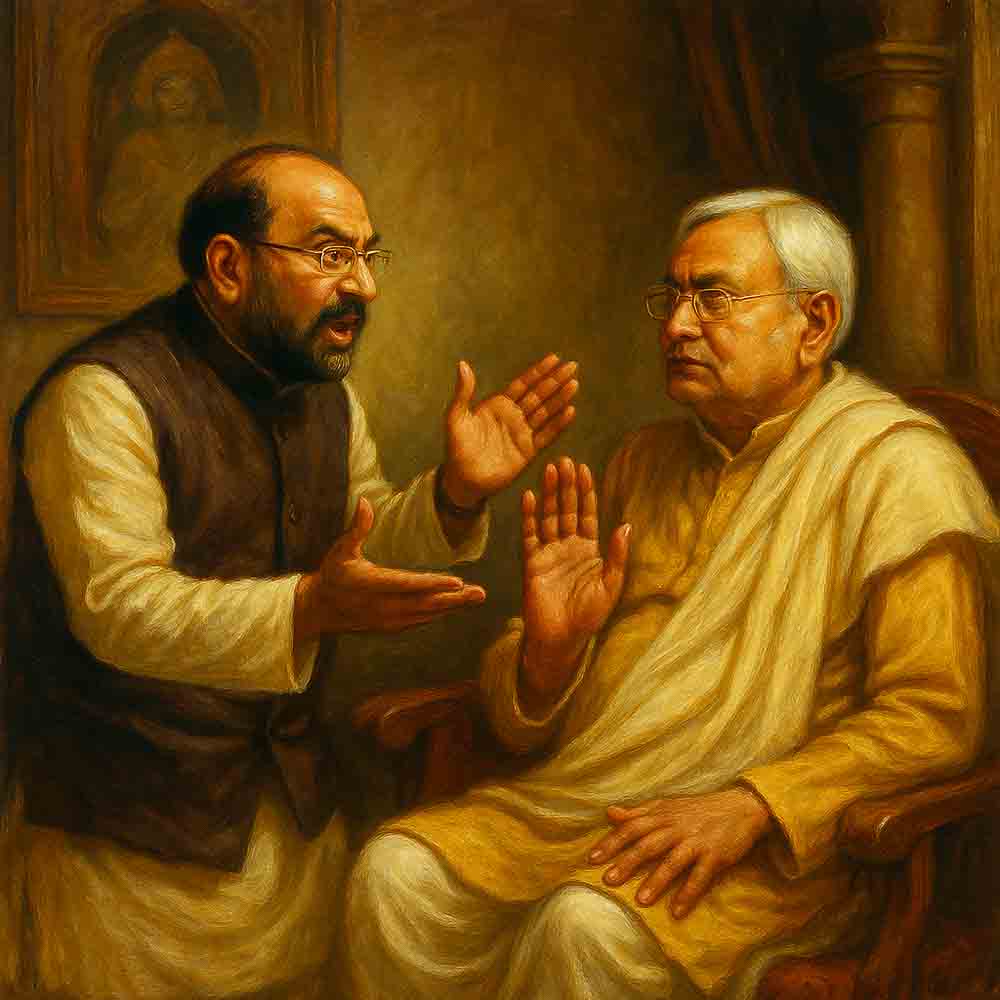
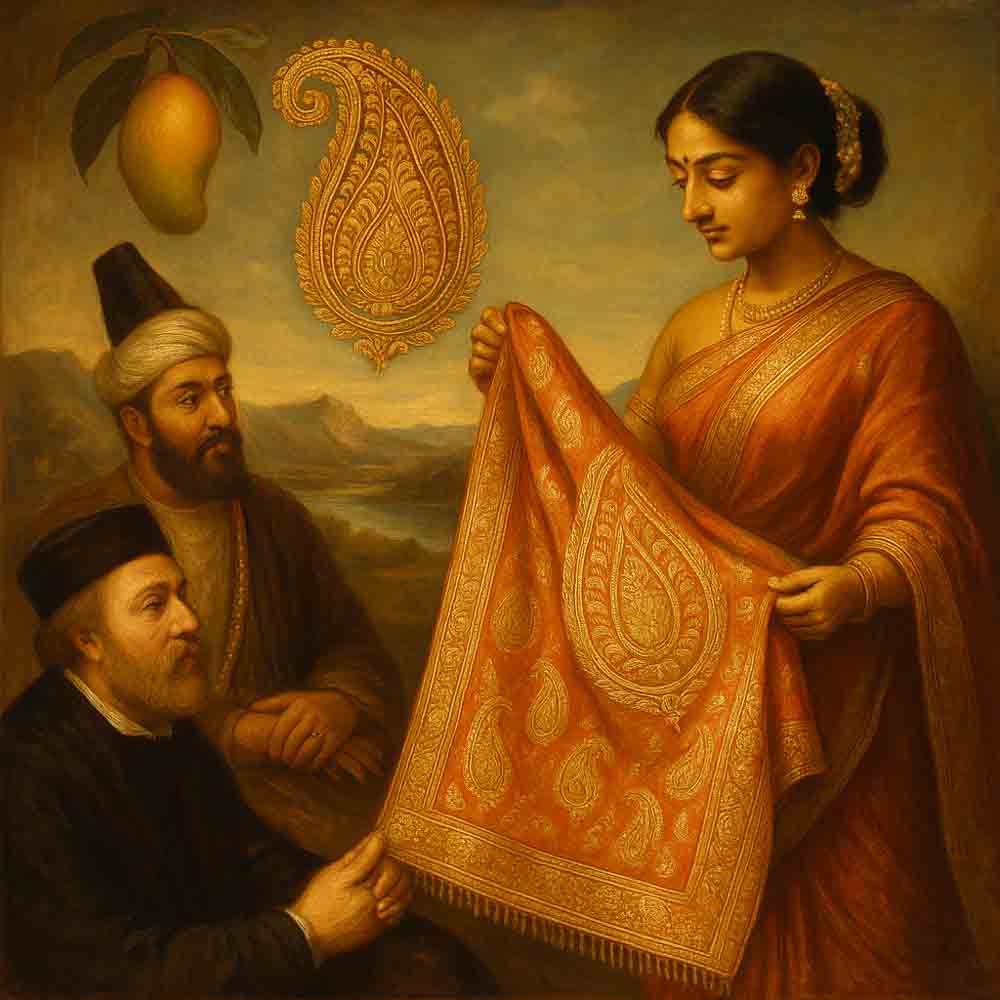
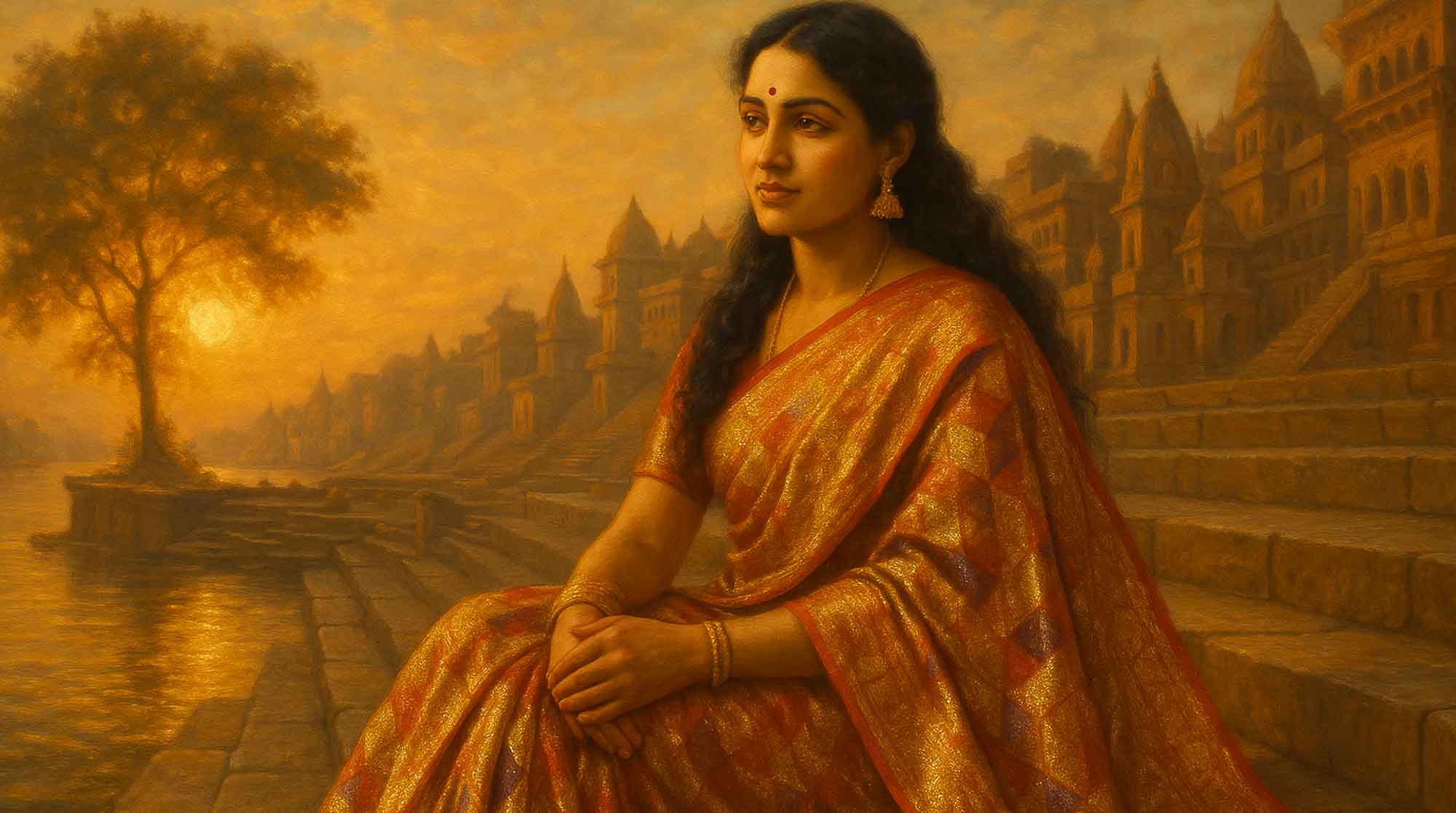
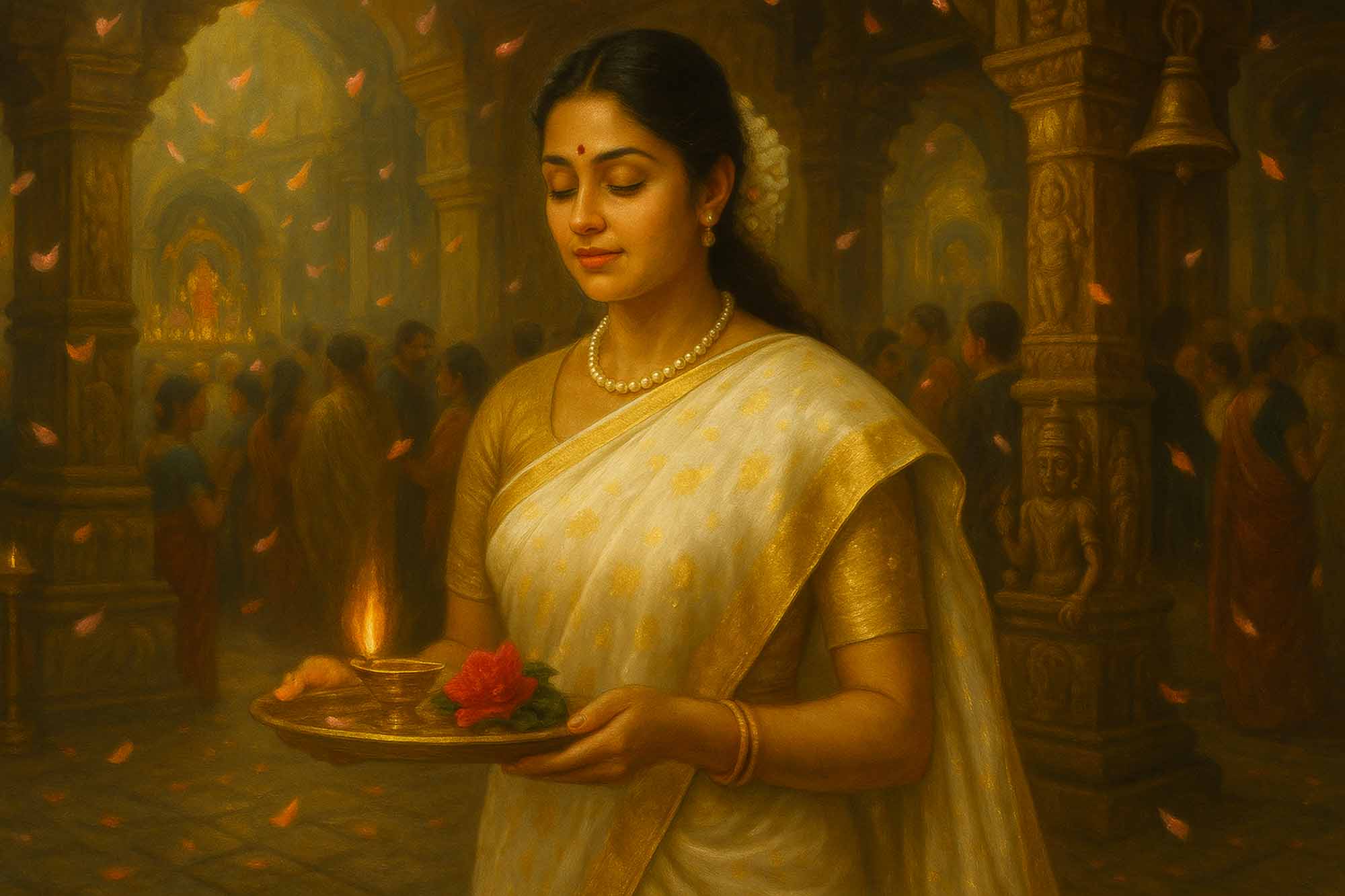
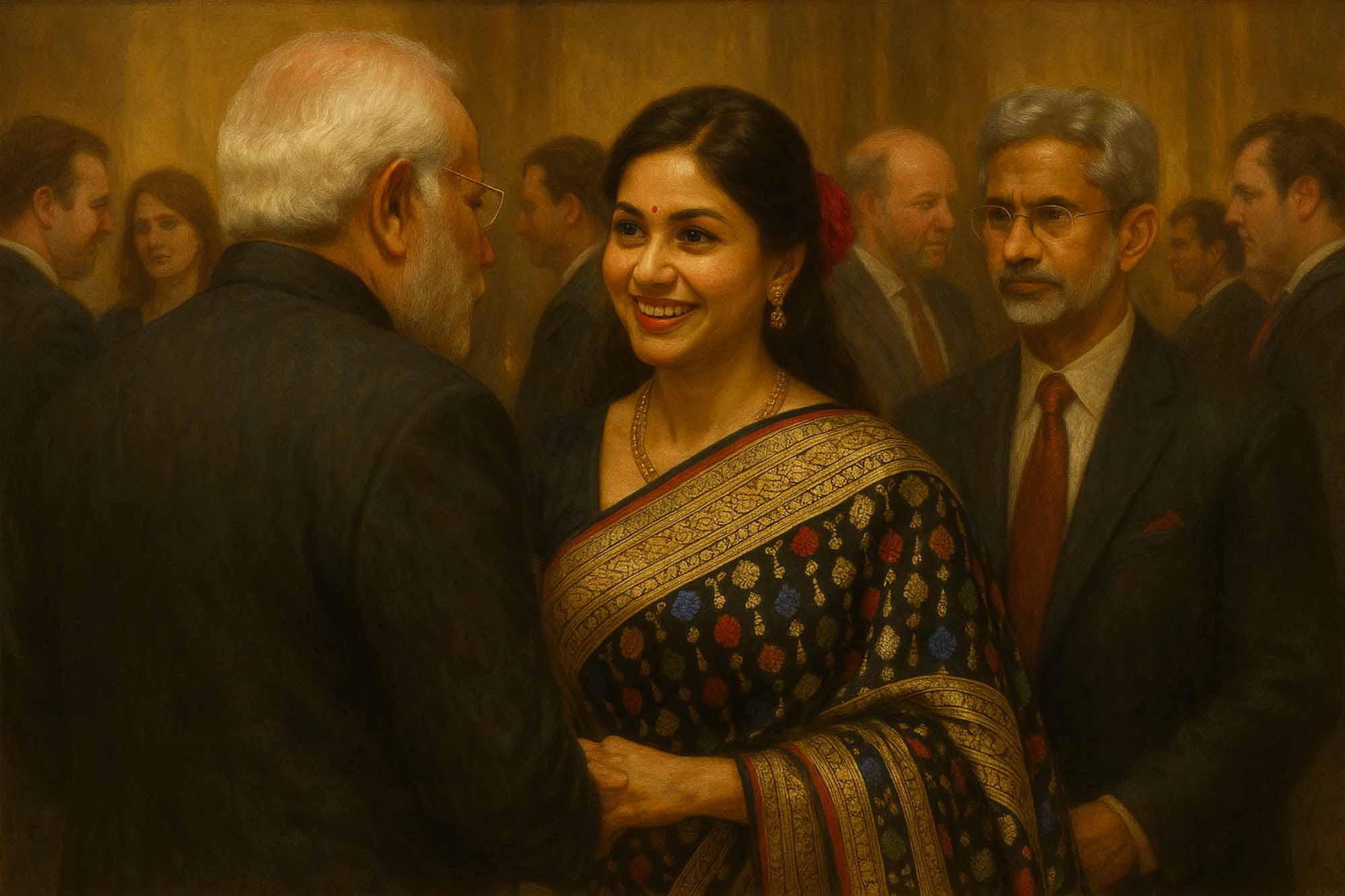
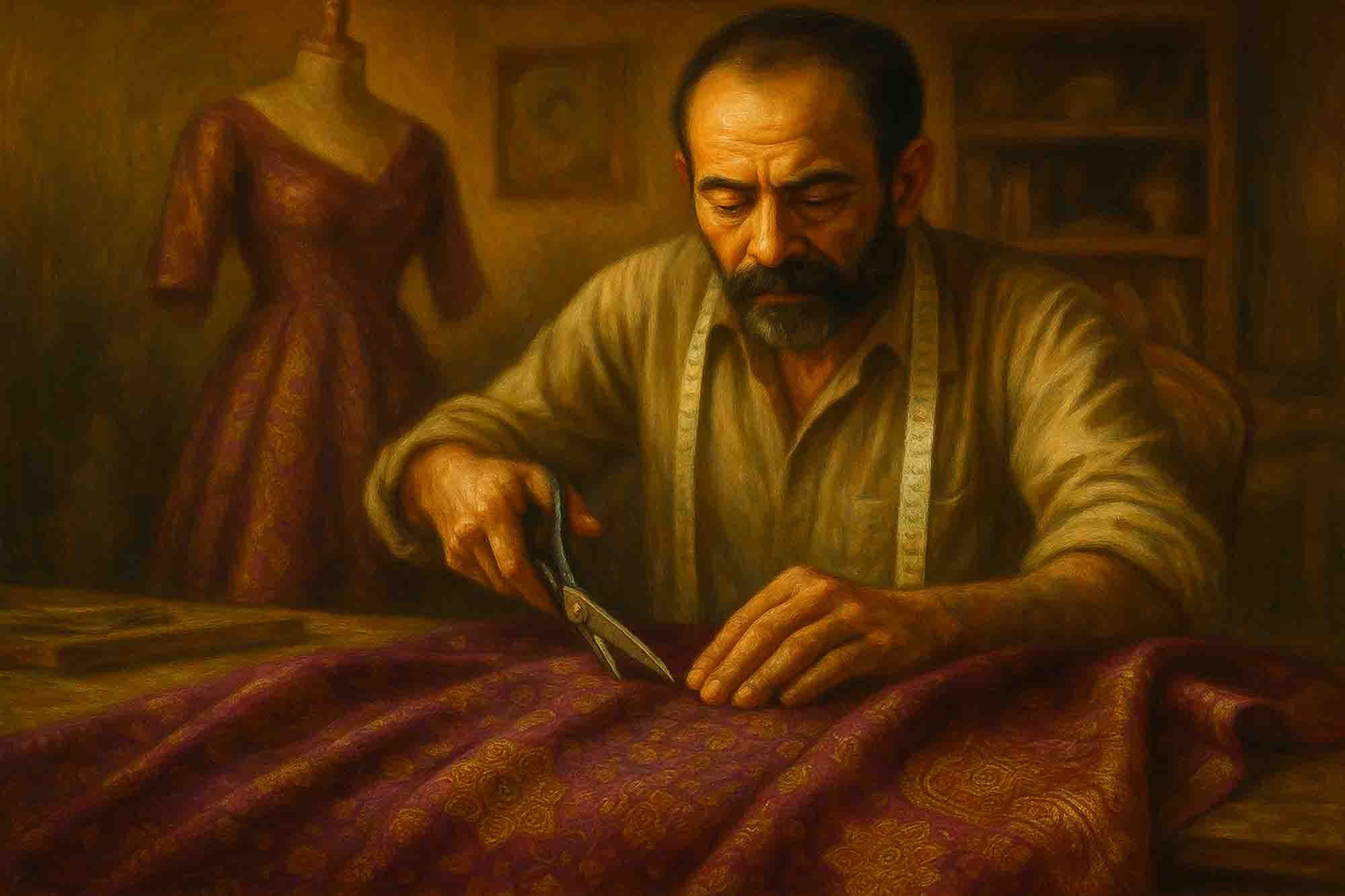

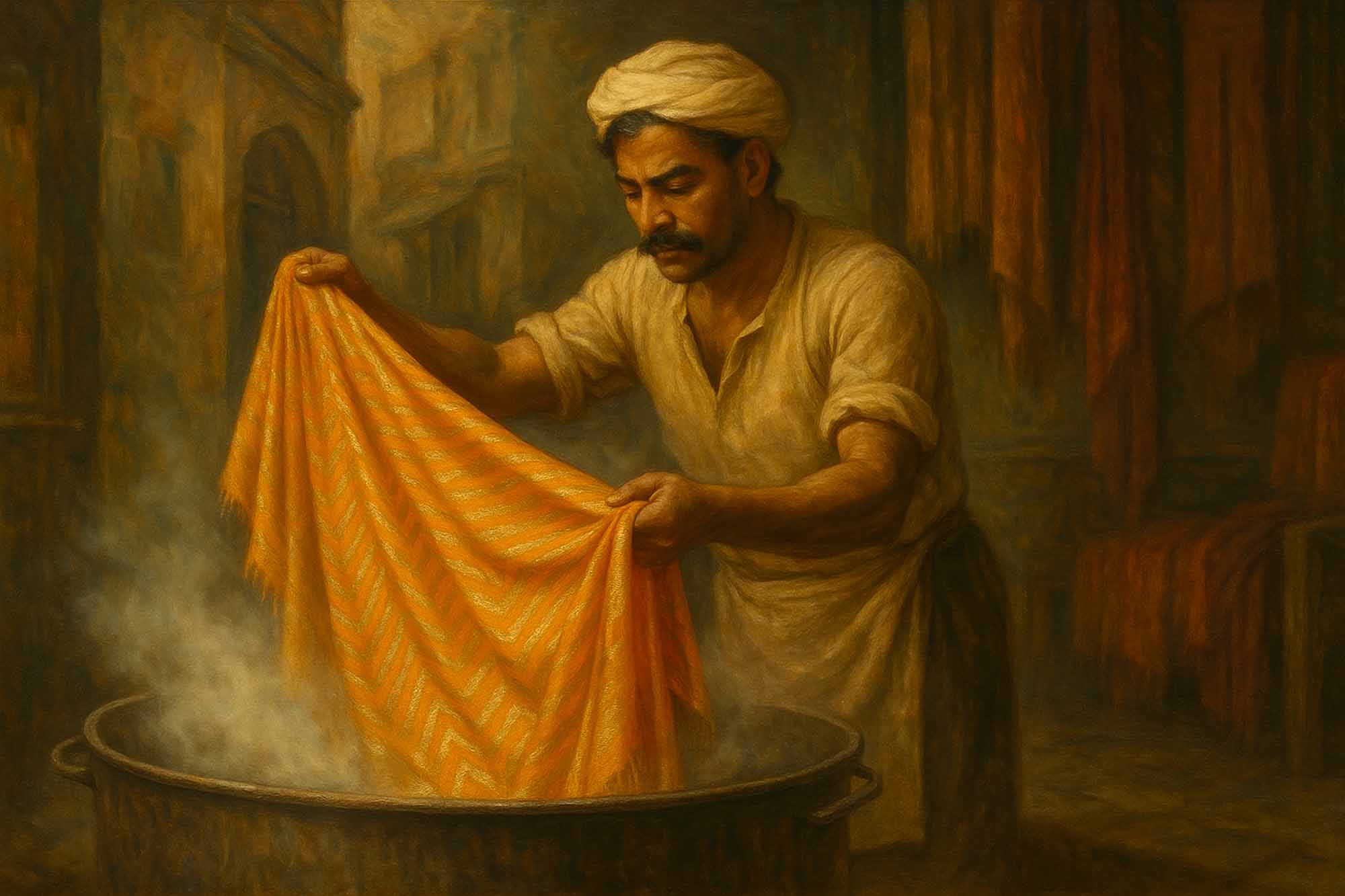
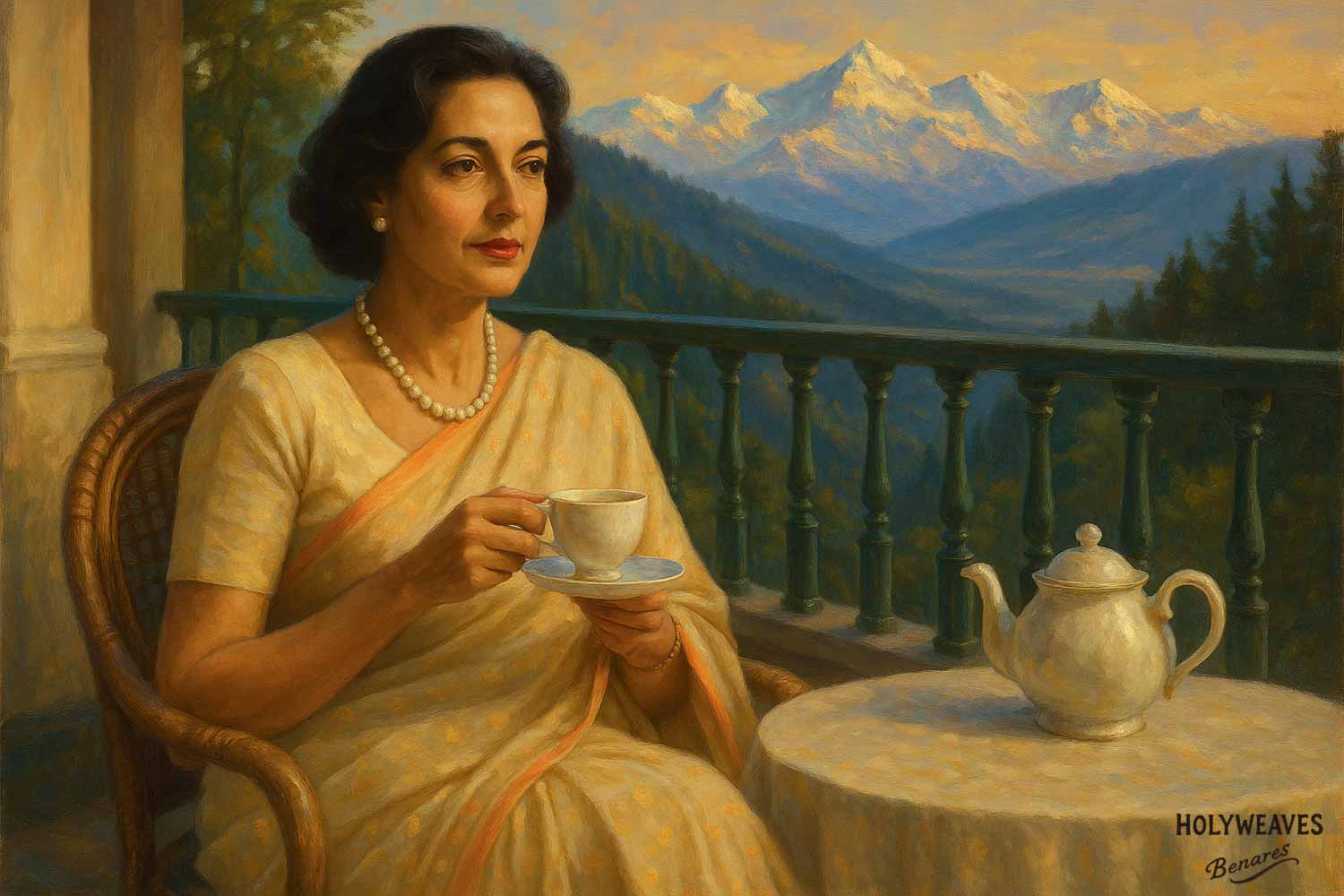
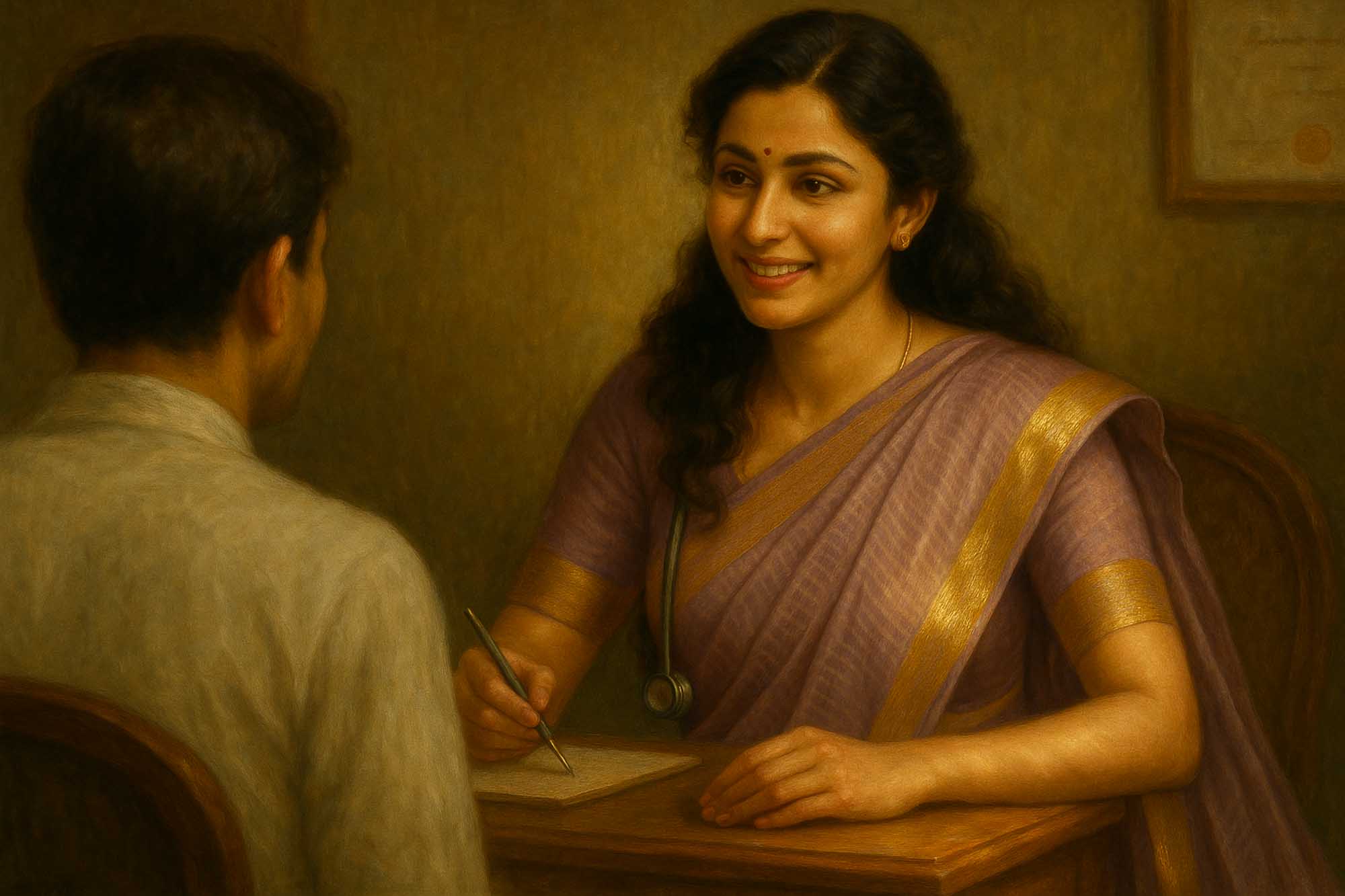

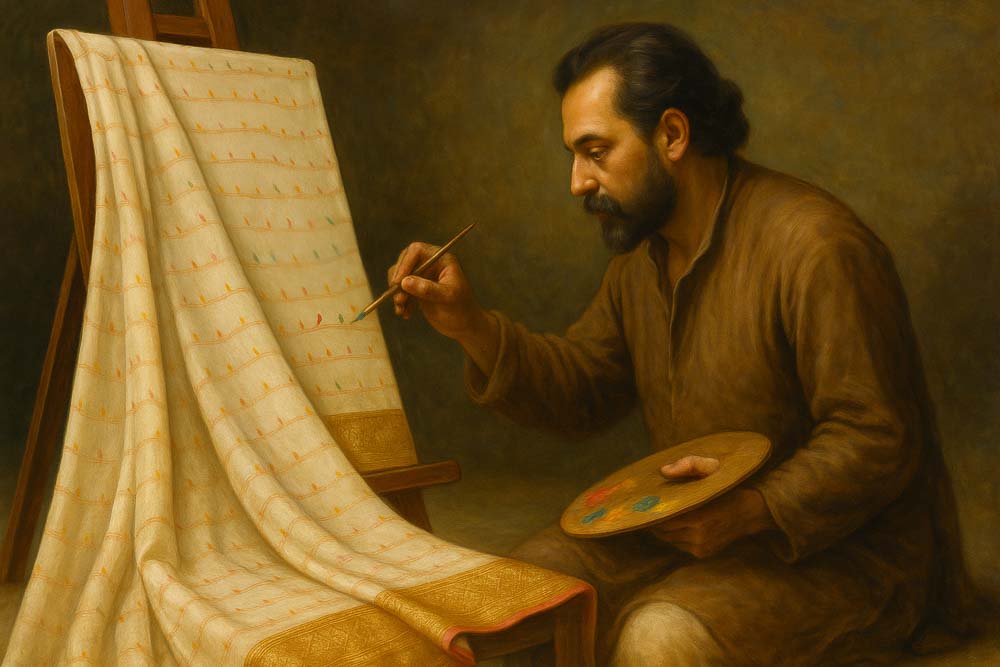

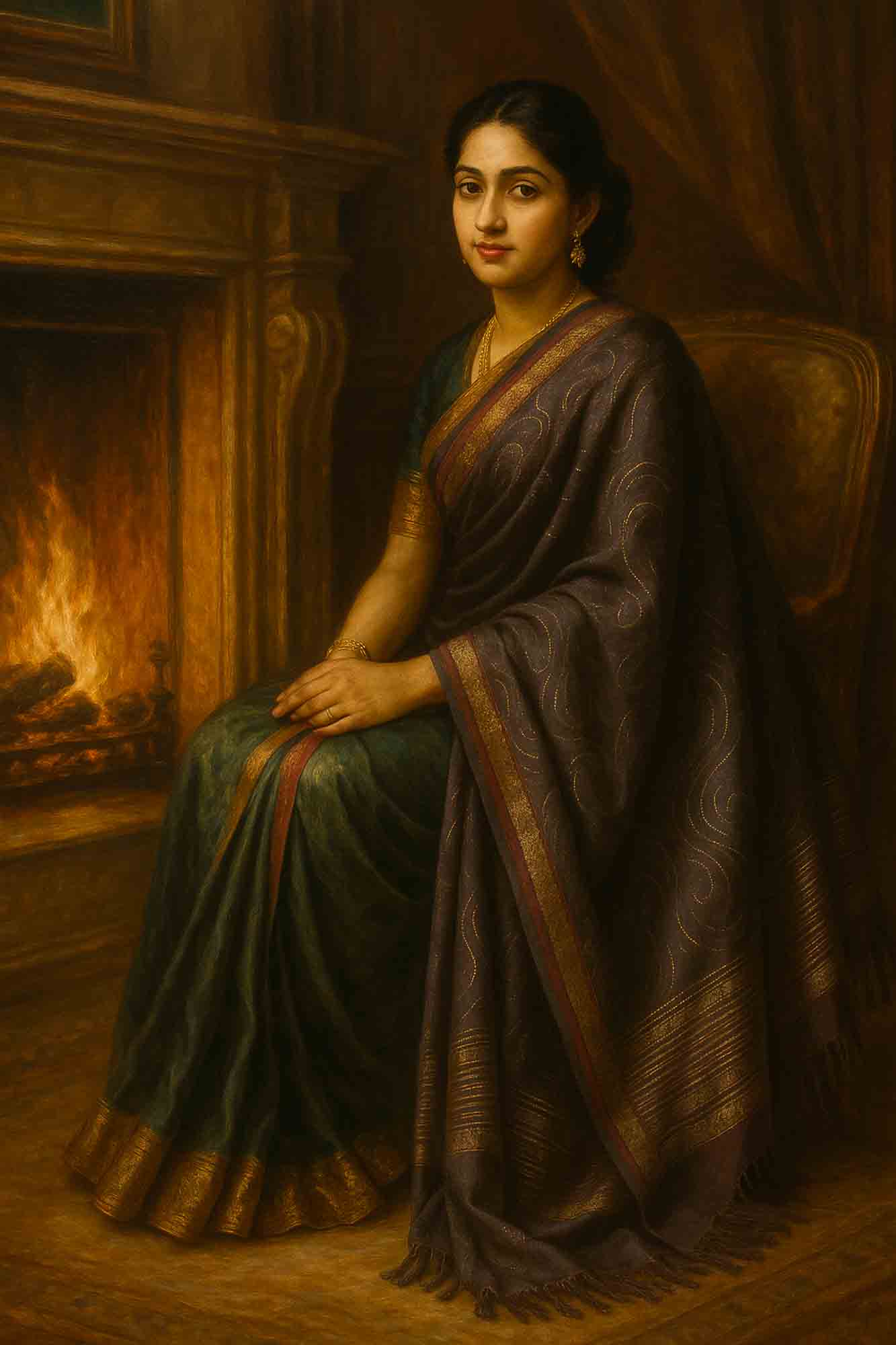


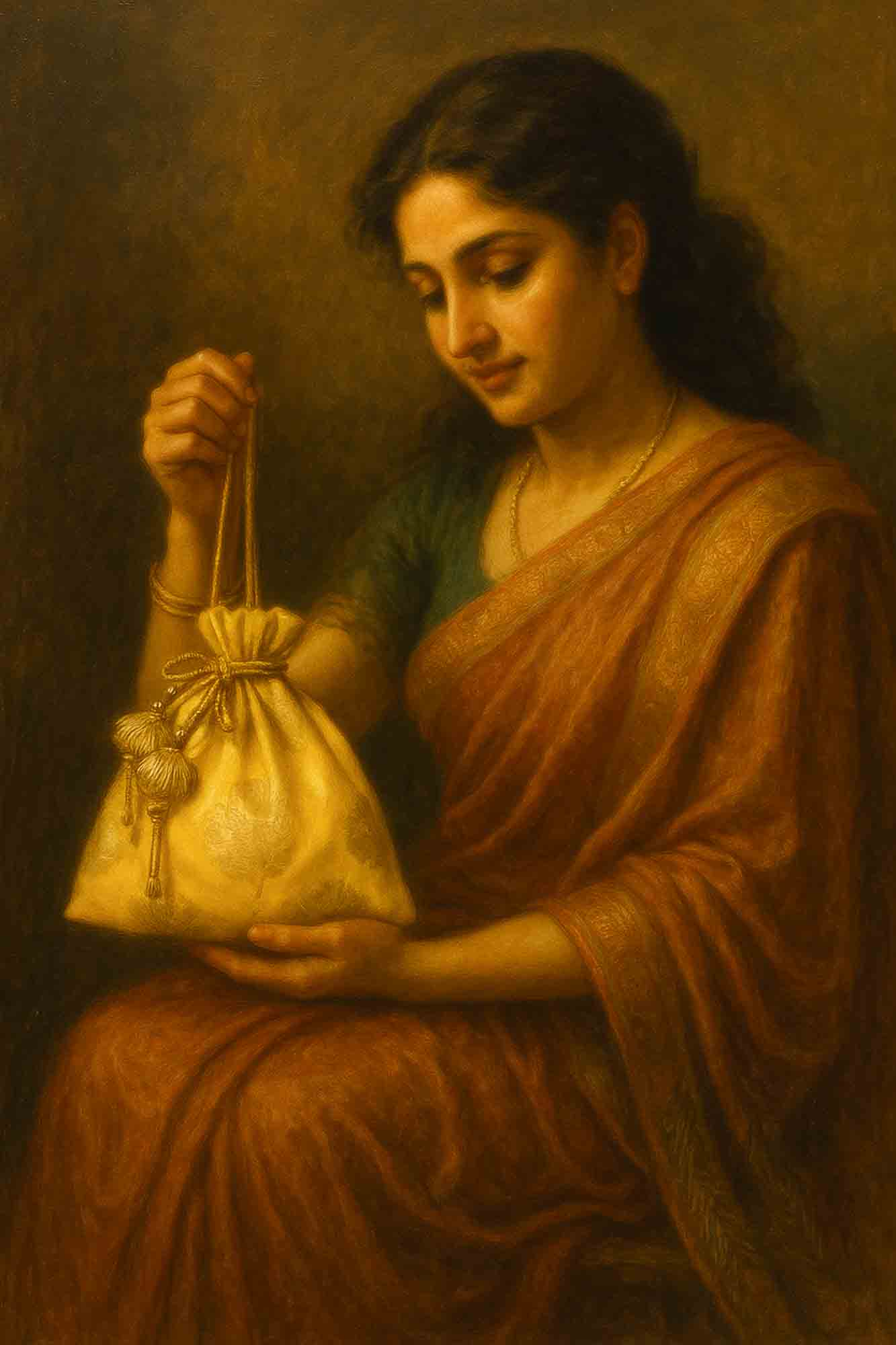
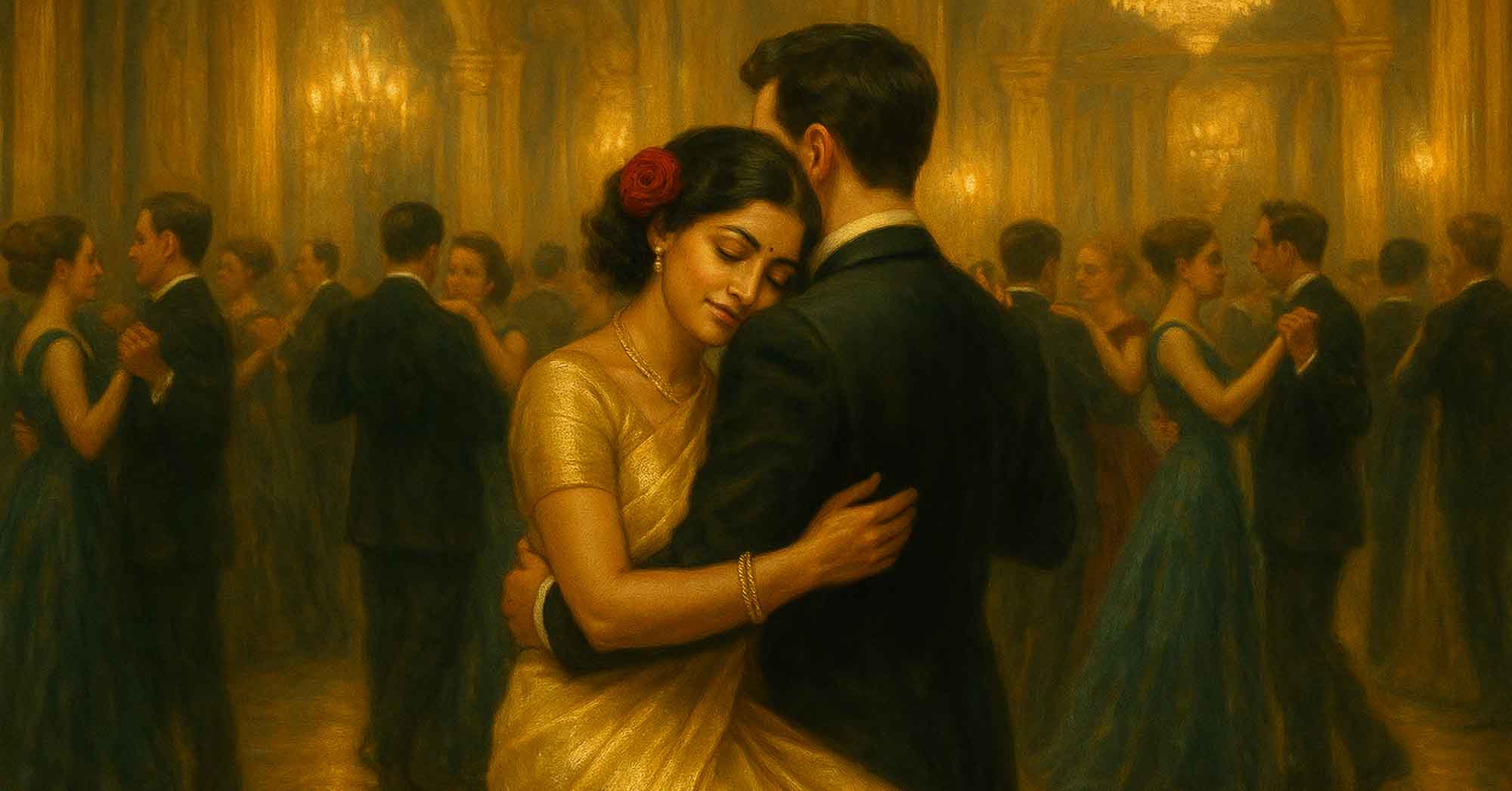
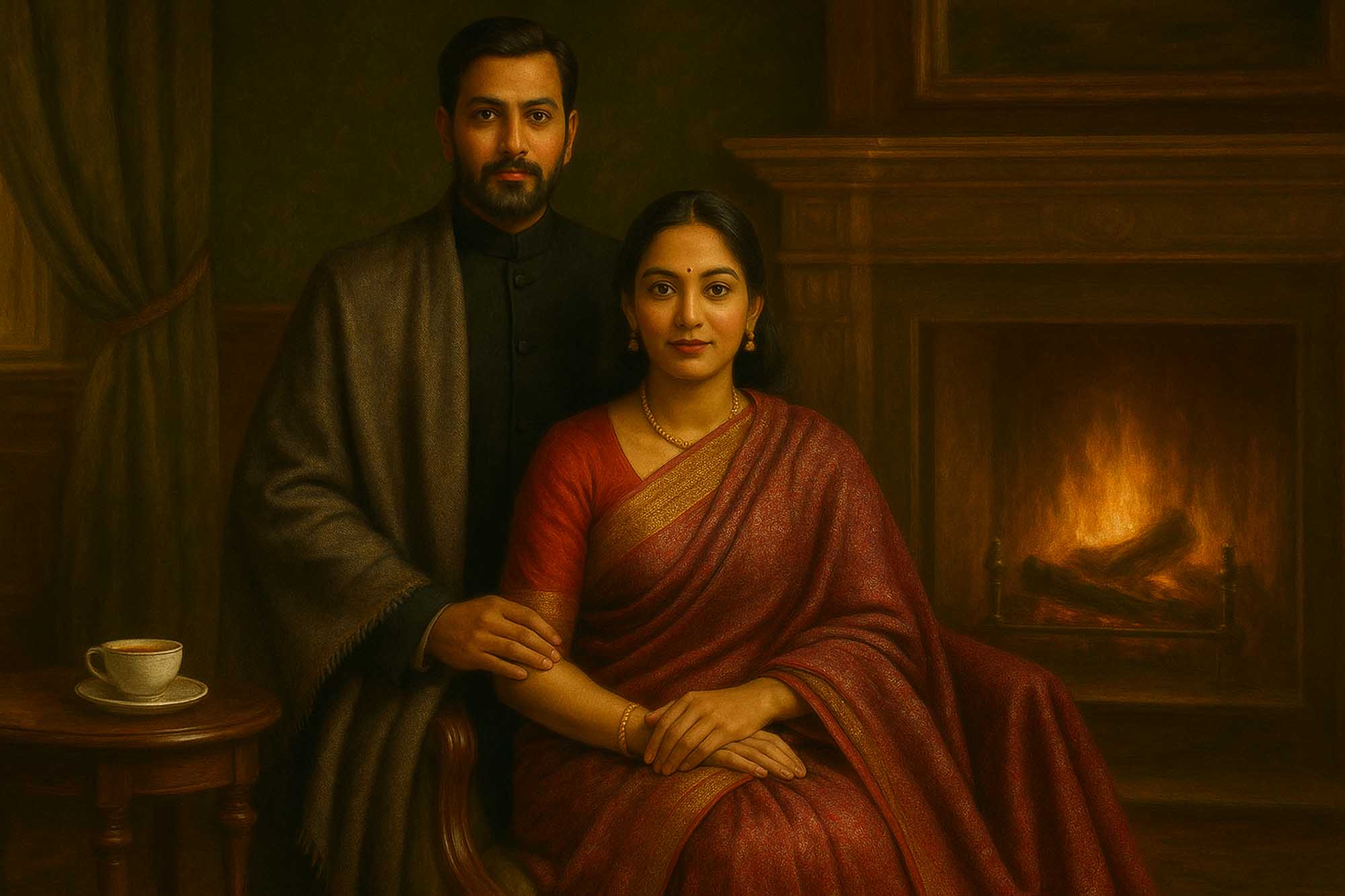
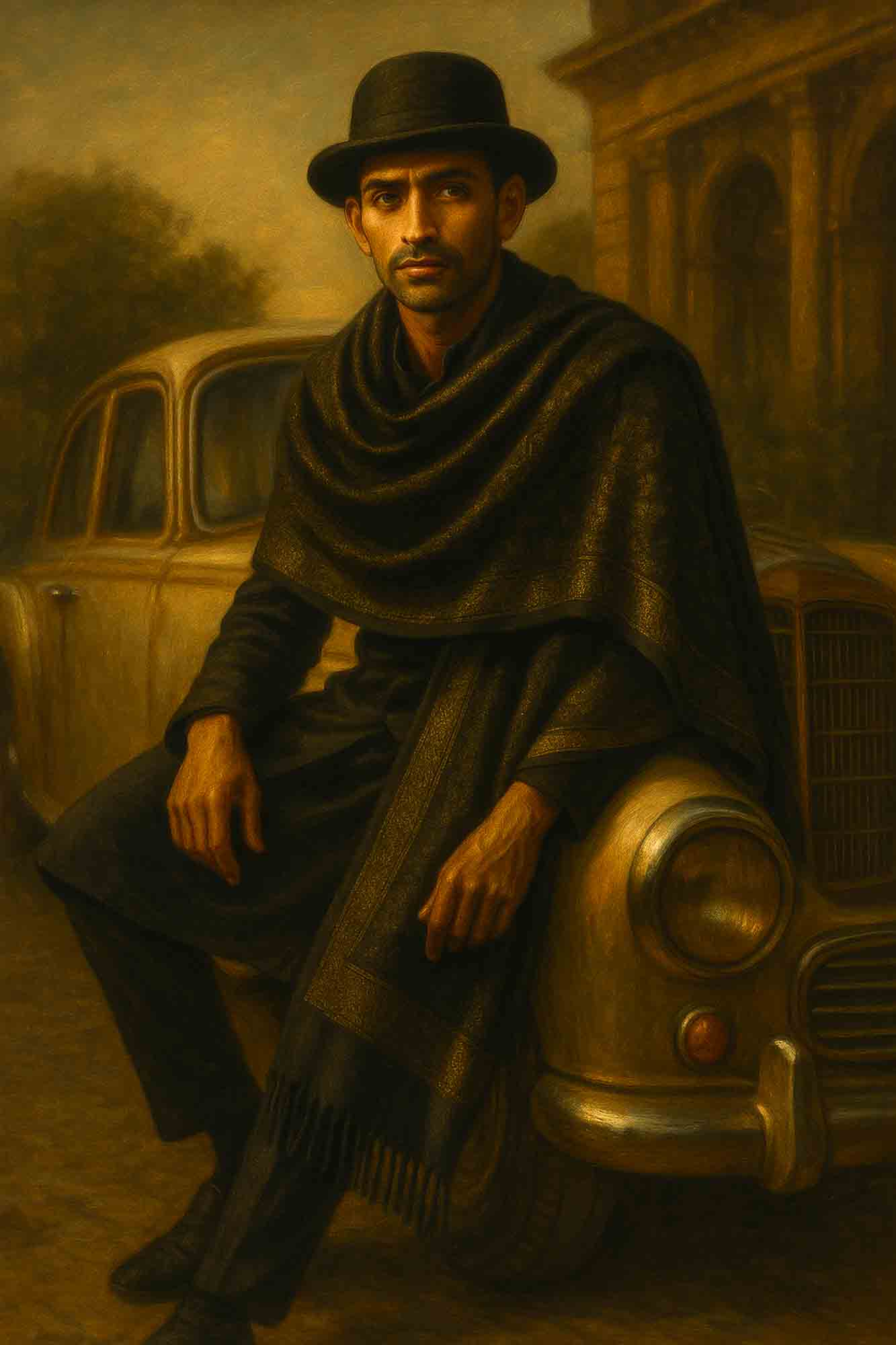
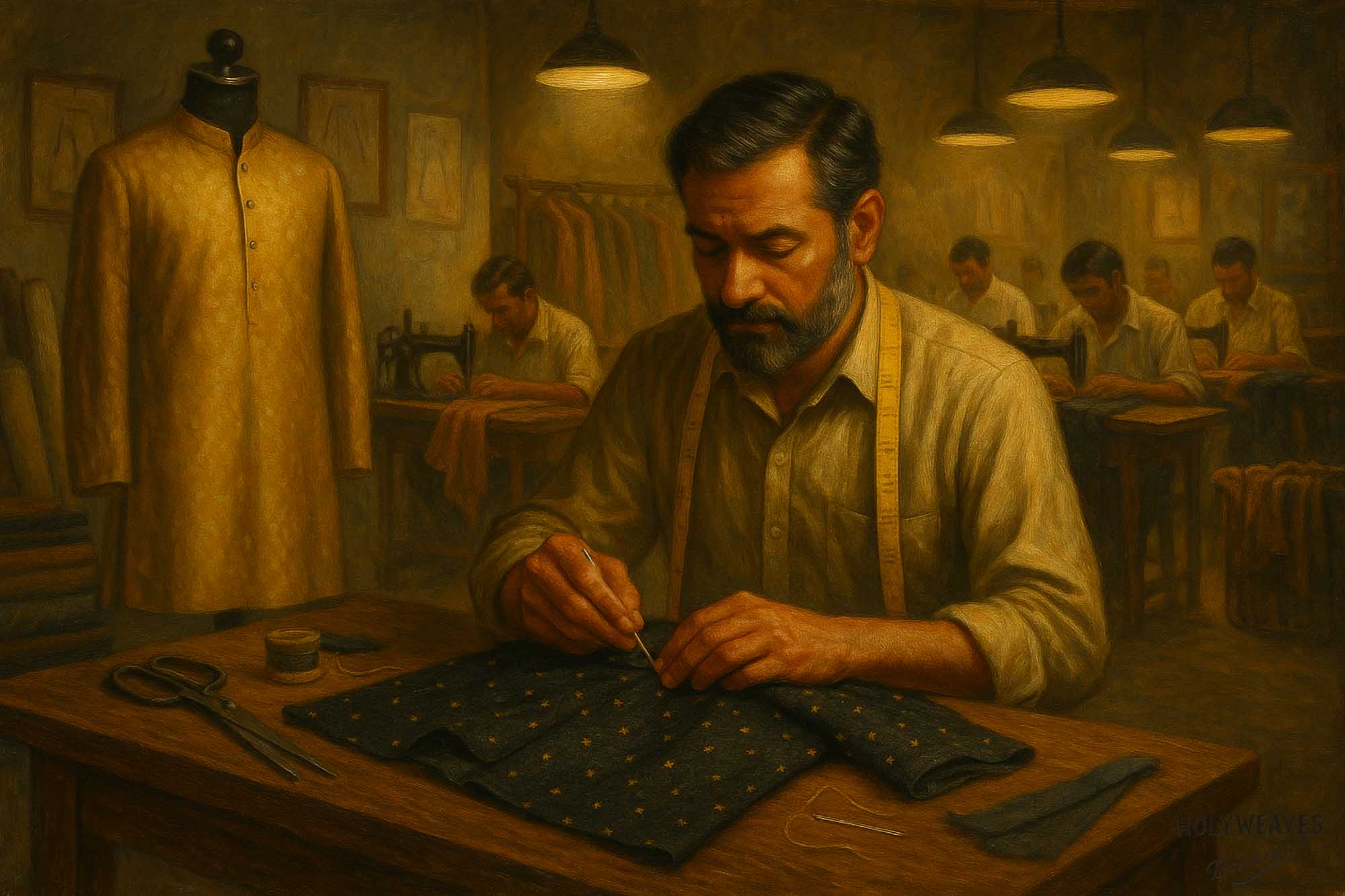

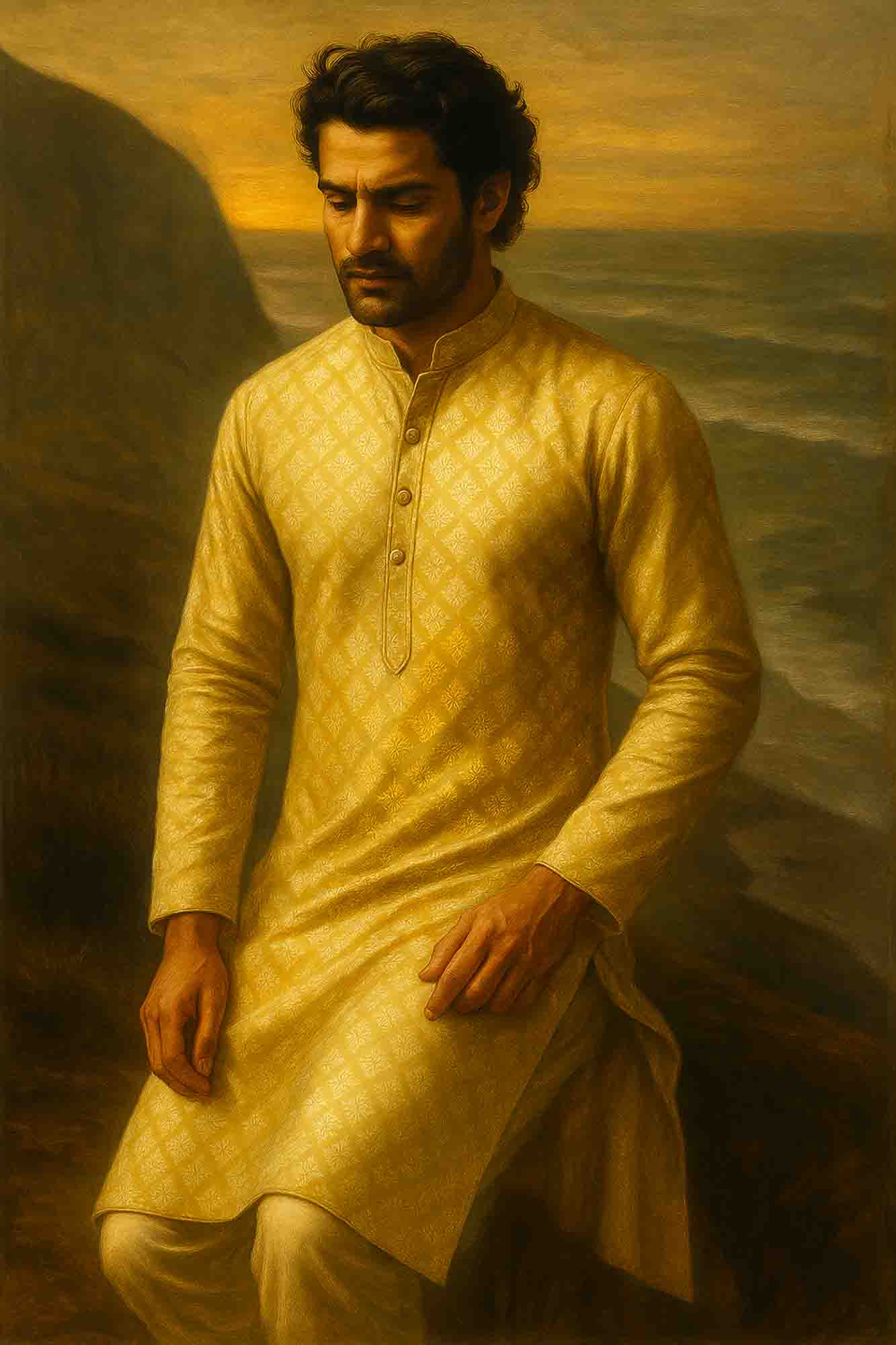


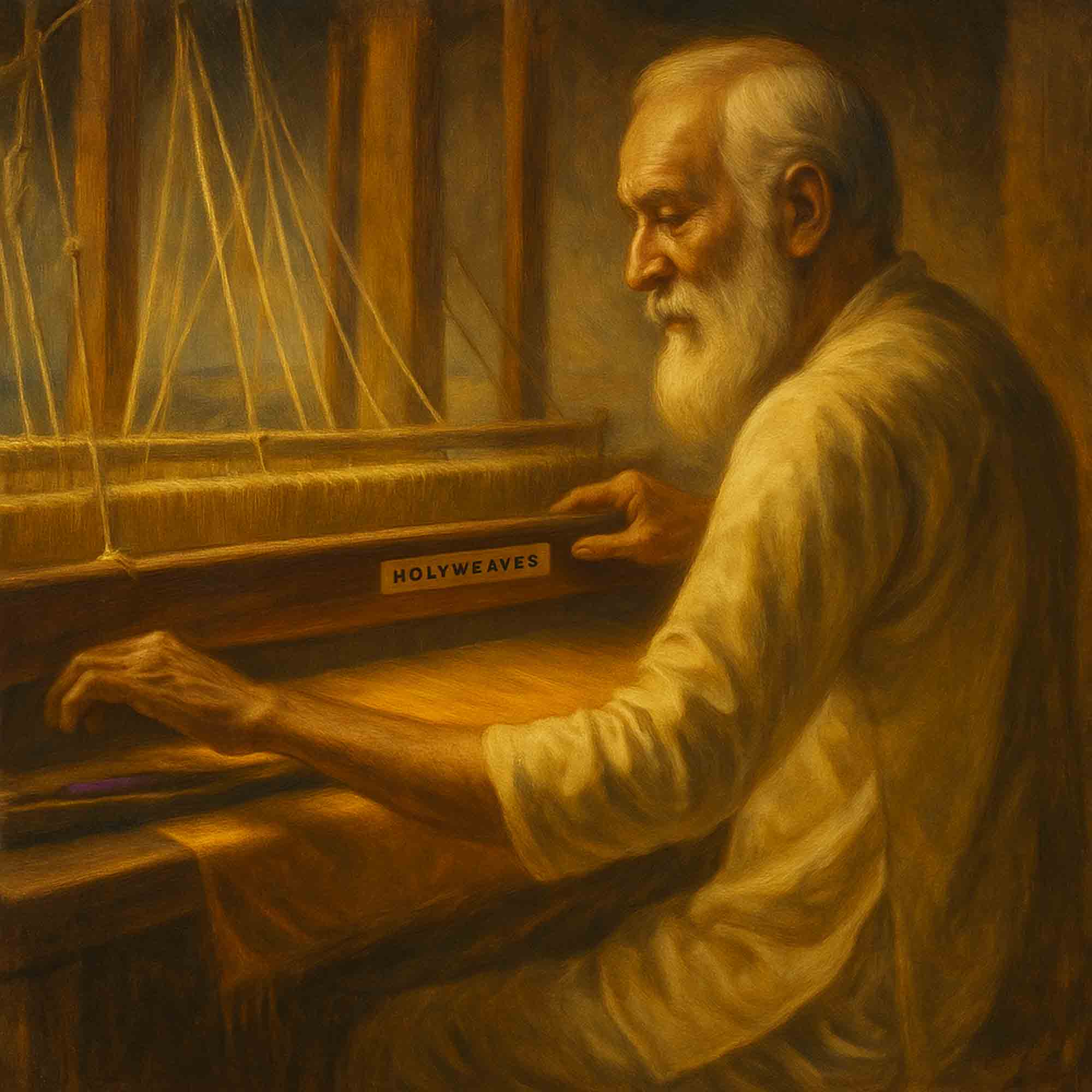



Leave a comment
This site is protected by hCaptcha and the hCaptcha Privacy Policy and Terms of Service apply.